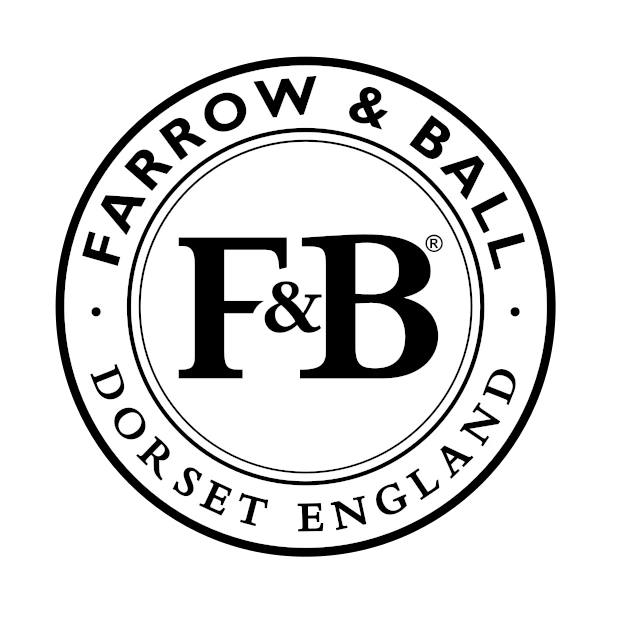Benjamin Moore Silent Night 1613
| Official page: | Silent Night 1613 |
| Code: | 1613 |
| Name: | Silent Night |
| Brand: | Benjamin Moore |
What color is Benjamin Moore Silent Night?
Elevate your space with the calming allure of Benjamin Moore's Silent Night (1613). This timeless shade of blue-black exudes sophistication and tranquility, creating a serene atmosphere perfect for bedrooms, offices, and living rooms alike. Its deep hue adds a touch of drama and elegance, making it ideal for accent walls or as a base color for a chic and modern interior. Let Silent Night (1613) envelop your space in a sense of peace and luxury, turning any room into a stylish sanctuary.
Silent Night for bedroom
We’ve hand-picked a beautiful collection of photos of this amazing Beige shade used in real bedrooms. Take a look and imagine how this wonderful cool Mid-tone paint color could transform your own bedroom space.
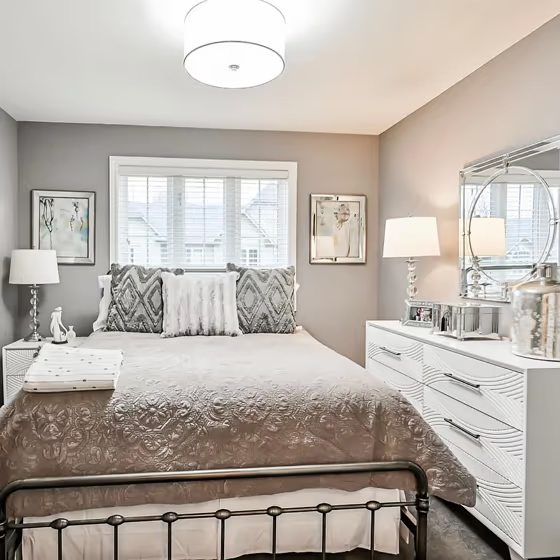
Silent Night for exterior
Looking for a fresh new look for your house exterior or starting from skretch? We’ve collected pictures of real-life homes that have been painted with this cool hue. Find inspiration for your house’s exterior, front doors, gates, shutters, frames or windows.
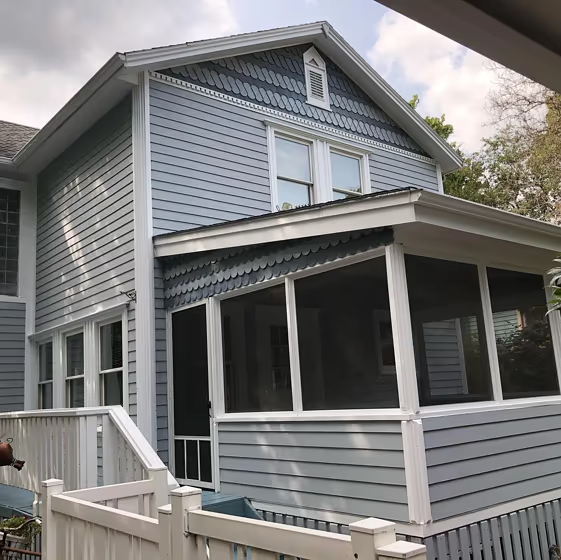
Try before you buy
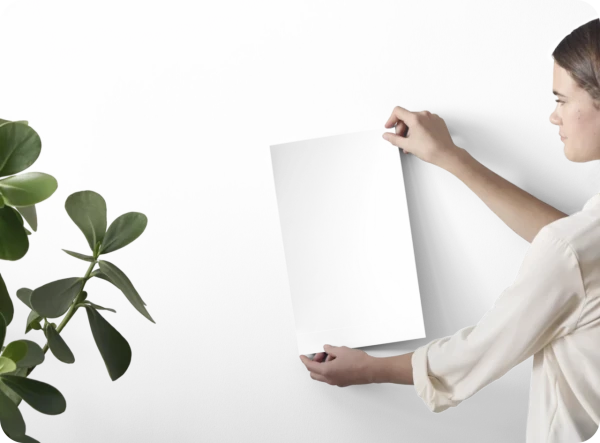

100% accurate
reusable paint samples

Peel, stick,
and repeat

Twice painted
with real paint

Next day
delivery
What are Benjamin Moore Silent Night undertones?
The undertone of Silent Night can be accurately described as a Blue hue, as is apparent from the color space provided. By isolating the pure hue and eliminating any tints, tones, and shades, we were able to precisely determine its undertone. This approach has proven to be more accurate than traditional methods of defining undertones on a white background, which are now considered outdated.
HEX value
HEX value:
#B0B4B7
RGB code:
176, 180, 183
Is Benjamin Moore Silent Night 1613 cool or warm?

With a hue of 206° thisGreyrefers cool paint shade according to HSL (Hue, Saturation, Lightness) on the color wheel.
1613 Silent Night HSL code: 206, 5%, 70%
Hue - degree on a color wheel from 0 to 360. 0 is red, 120 is green, and 240 is blue.
Saturation is expressed as a percentage. At 0%, it appears as a shade of grey, and at 100%, it is in full color..
Lightness is also a percentage value. 0% is black, and 100% is white.
- Cooler hues have a calm and relaxation effect
- Cool grey shades are versatile and provide a neutral canvas for your interior design. They seamlessly complement any style, whether it's Victorian, Scandinavian, or Modern.
- Using mid-tone cool colors like soft greys and muted blues can help create a calming and modern look in rooms like home offices, bathrooms, and bedrooms. But avoid using these shades in rooms without natural light, as they may look dull.
Act like a pro: Mixing warm and cool shades is a must have to get harmonius interior. Add accents that contrast with the primary color to create visual balance. If your walls are a warm color, don’t forget to add accent in cold colors (furniture, art, décor). A good practice is too use a complementary color scheme.
How light temperature affects Silent Night
Natural Lighting. During the day, natural light shifts from about 2000 K at sunrise/sunset to 5500–6500 K at noon.
In addition, natural‑light temperature depends on its direction:
| Direction of sunlight | Visible temp. | Hue | Duration |
|---|---|---|---|
| North | Cool | Bluish | All day |
| East | Warm | Yellow | Before noon |
| West | Warm | Orange‑red | After noon |
| South | Warm | Orange‑yellow | All day |
Artificial Lighting. When choosing bulbs, pay attention to their color‑temperature (Kelvins).
Use the slider to see how this Grey shade looks under different lighting:
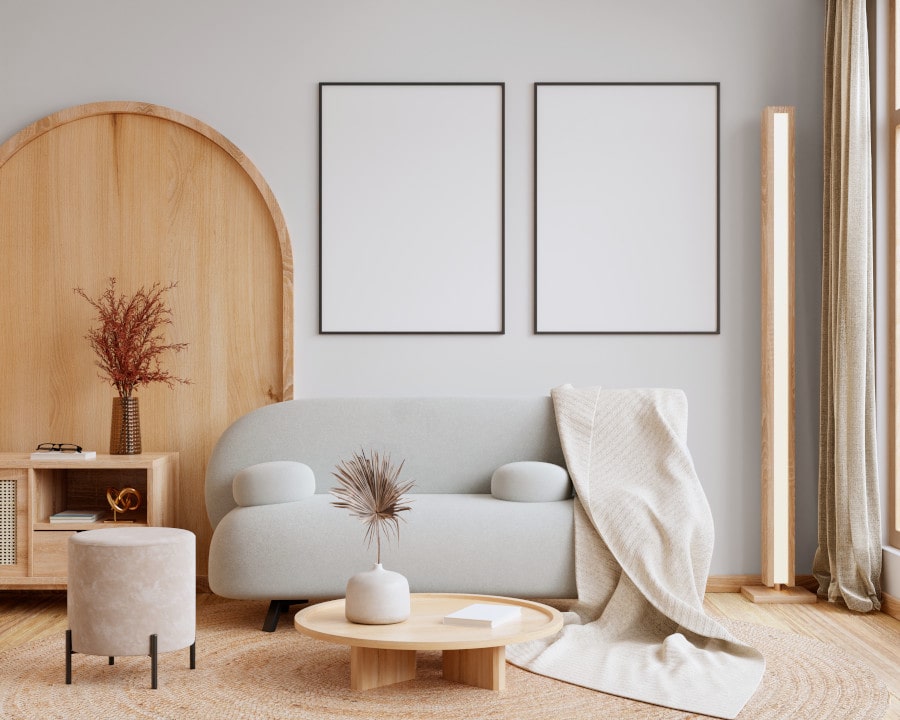
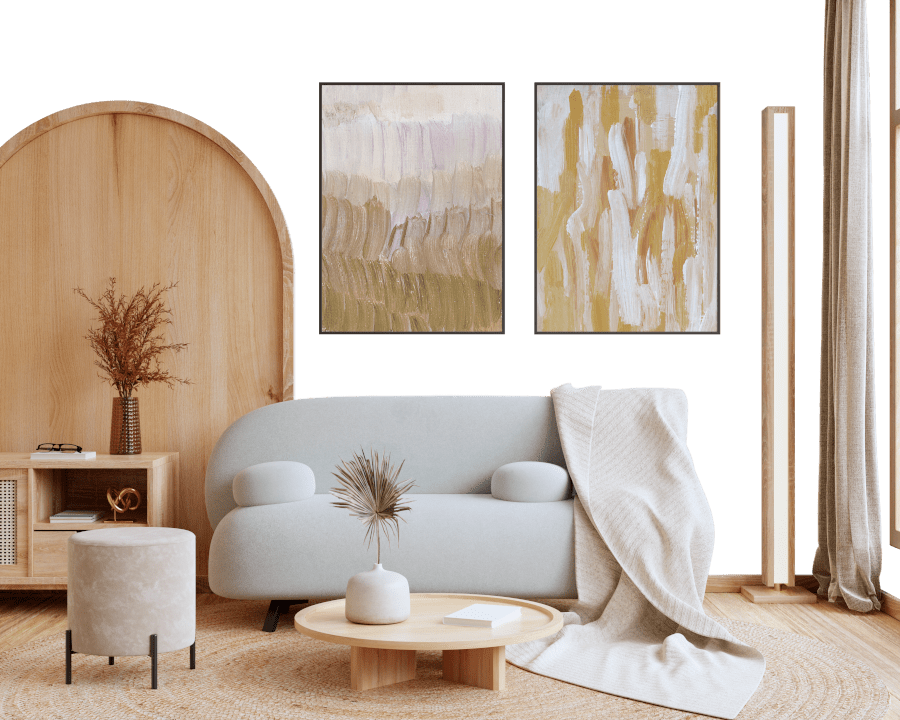
4000K
Coordinating colors.
Colors that go with Benjamin Moore Silent Night:
Monochromatic color scheme

This scheme consists of various shades, tints, and tones of a single color. While it offers a perfect combination of hues, without accent décor it may become monotonous.
Lighter shades
1613
Silent Night
Darker shades
Complementary color scheme

This color scheme is a combination of two shades that are opposite each other on the color wheel. The high contrast between these colors creates a vibrant and dynamic visual effect. For the color Silent Night with a green hue, complementary colors are those with a red hue close to 26, such as Benjamin Moore Antique Pearl and Night Shade.
LRV of Silent Night
Silent Night has an LRV of 45.38% and refers to Light Medium colors that reflect half of the incident light. Why LRV is important?

Light Reflectance Value measures the amount of visible and usable light that reflects from a painted surface.
Simply put, the higher the LRV of a paint color, the brighter the room you will get.
The scale goes from 0% (absolute black, absorbing all light) to 100% (pure white, reflecting all light).
Act like a pro: When choosing paint with an LRV of 45.38%, pay attention to your bulbs' brightness. Light brightness is measured in lumens. The lower the paint's LRV, the higher lumen level you need. Every square foot of room needs at least 40 lumens. That means for a 200 ft2 living room you’ll need about 8000 lumens of light – e.g., eight 1000 lm bulbs.
Color codes
We have collected almost every possible color code you could ever need. To copy the code, just click the icon to the right of it.
| Format | Code | |
|---|---|---|
| HEX | #B0B4B7 | |
| RGB Decimal | 176, 180, 183 | |
| RGB Percent | 69.02%, 70.59%, 71.76% | |
| HSV | Hue: 206° Saturation: 3.83% Value: 71.76% | |
| HSL | hsl(206, 5, 70) | |
| CMYK | Cyan: 3.83 Magenta: 1.64 Yellow: 0.0 Key: 28.24 | |
| YIQ | Y: 179.146 I: -3.348 Q: 0.087 | |
| XYZ | X: 42.771 Y: 45.291 Z: 51.276 | |
| CIE Lab | L:73.083 a:-0.826 b:-2.01 | |
| CIE Luv | L:73.083 u:-2.406 v:-2.848 | |
| Decimal | 11580599 | |
| Hunter Lab | 67.299, -4.33, 1.935 |
Color equivalents
N510-3
Stargazer
Behr
PPU26-08
Silverstone
Behr
SW 6248
Jubilee
Sherwin Williams

SW 7072
Online
Sherwin Williams

2133-50
Pigeon Gray
Benjamin Moore

SW 6255
Morning Fog
Sherwin Williams

N500-3
Tin Foil
Behr
1599
Marina Gray
Benjamin Moore

SW 2832
Colonial Revival Gray
Sherwin Williams
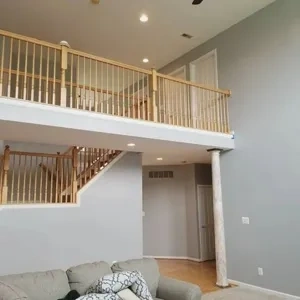
2124-40
Thundercloud Gray
Benjamin Moore

SW 6234
Uncertain Gray
Sherwin Williams

2134-50
Gull Wing Gray
Benjamin Moore
SW 9637
Mineral
Sherwin Williams
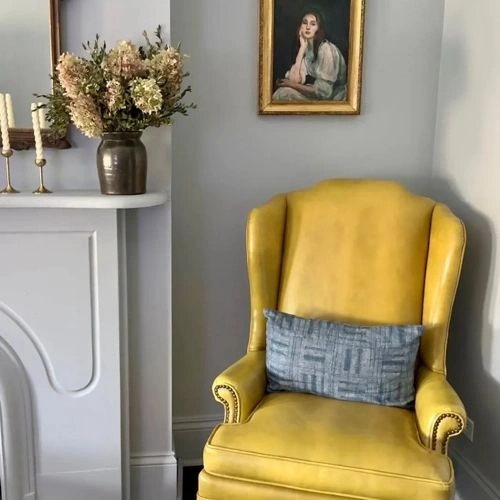
CSP-585
Subway Tile
Benjamin Moore
N450-3
Meteor Shower
Behr
1592
Blue Springs
Benjamin Moore
PPU18-05
French Silver
Behr
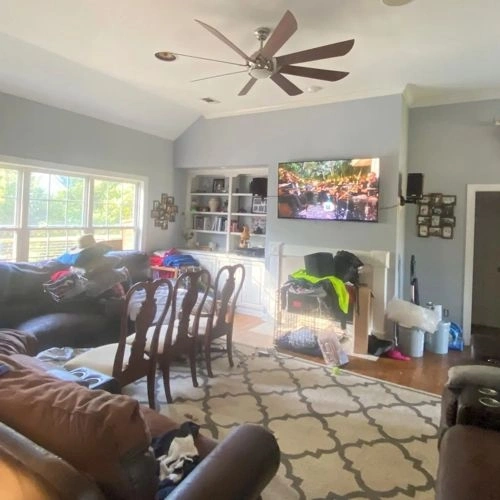
N490-3
Shaved Ice
Behr
SW 7663
Monorail Silver
Sherwin Williams
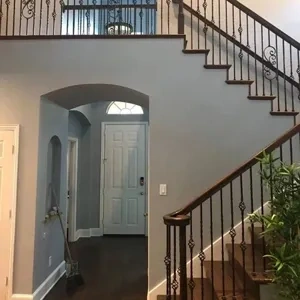
780F-4
Sparrow
Behr



